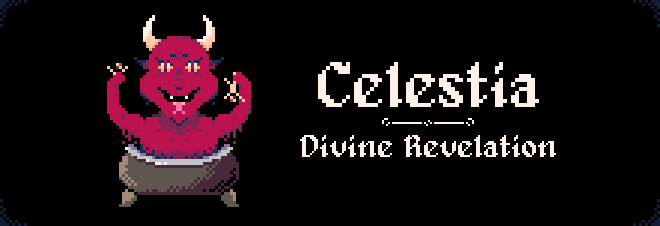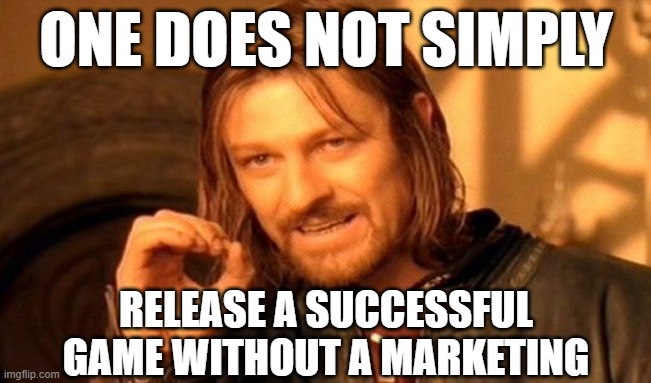Hello traveler, stay awhile and listen. Today we explore graphical rules and inspiration for our upcoming RPG Celestia. It is not secret that the whole project is heavily inspired by 90s RPGs in many aspects. Let’s break down the three important visual decision we made early in the development a little bit.
Color Palette – Pico8
To setup a dark fantasy feel it is essential to select a correct color palette to support the “dungeon” mood. In the early stage of the project we explored several under saturated color palettes but we weren’t happy with the faint look of the project. In that time I was exploring game jam entries and some of them used the Pico8 game engine that is using very limited and bright color palette. We took the original Pico8 palette and merged it together with an extended version. Which gave us quite an unique and bright look with options to do really atmospheric dark dungeons.
In previous projects we were extending our color palettes during development, but the currently extended Pico8 palette gives us all the colors combination that we need.

Limited sprites size
Setting up canvas size and tile size can be tricky, once the decision is made it is really expensive to change it in the middle of the development. To keep our art style in bounds we decided to go with 8×8 pixel tiles, but is it enough? To be honest sometimes it is not. Let me list some positives of the 8×8 tiles that we found during pixeling:
- Easy to create prototypes and animations
- Players need to use imagination to get the whole picture
- Retro Aesthetic
- Clear and Distinctive Silhouettes
Since 8×8 pixel doesn’t allow us to narrate the story and environment with visuals we decided to include a text log, which informs the player what is currently happening in the monastery or dungeons.

CRT Monitor filter
One night after playing Loop Hero I was fascinated how the CRT Monitor effect that Loop Hero uses is really adding to the old school vibe of the game. I did a short google search and found a easy solution for Unity and in less then hour after I fell in love with the CRT Monitor effect we had it in our game! Will this effect be in the full version? I don’t know but for now we are in honey moon phase – hope it lasts!
On a side note, we managed to add Celestia: Divine Revelation to a Steam and you can wishlist it now!




